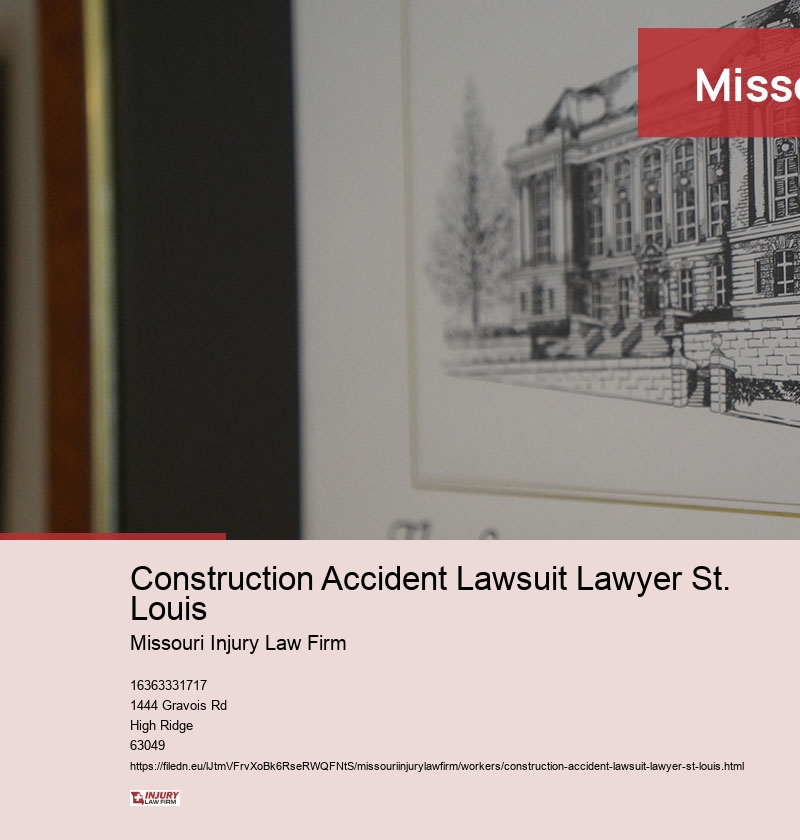Construction Accident Lawsuit Lawyer St. Louis
The Risks of Construction Sites in St. Louis
Construction sites are among the most hazardous environments, where harm often occur due to tumbles, heavy tool malfunctions, electrocutions, and structural collapses. In St. Louis, where construction is a dominant sector, safety failures and oversight frequently lead to serious worker trauma. These situations not only cause bodily harm but also financial and emotional hardship, often leaving workers unable to continue employment. Laws set by the Occupational Safety and Health Administration (OSHA) are meant to safeguard workers, but many employers fail to adhere, leading to preventable accidents. Determining who is responsible is often complicated, as accountability can fall on primary developers, sub-builders, machinery suppliers, or property owners. The litigation for seeking damages varies, with injured workers needing to decide between filing a insurance request or seeking a negligence claim. Insurance companies often attempt to cut settlements, making attorney guidance essential to ensure claimants recover the financial support they are owed.
